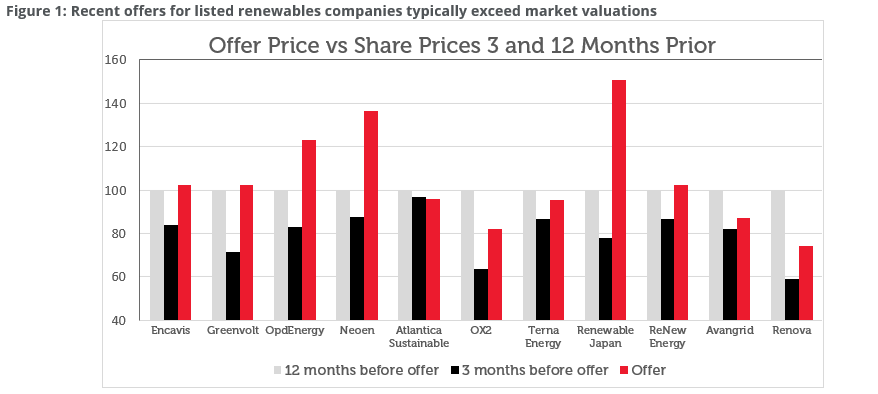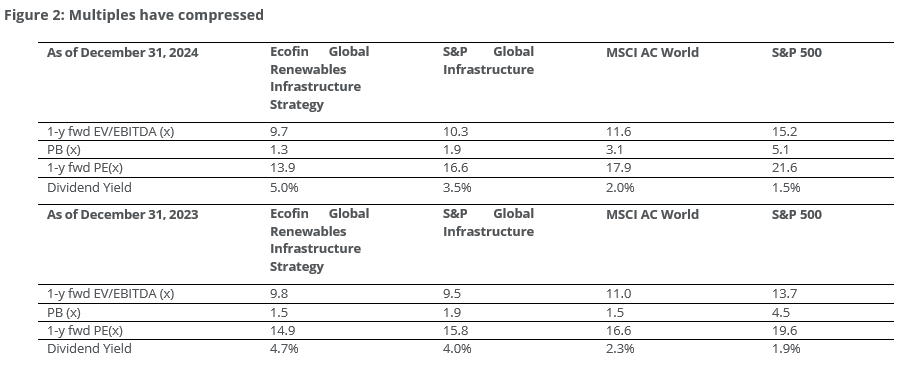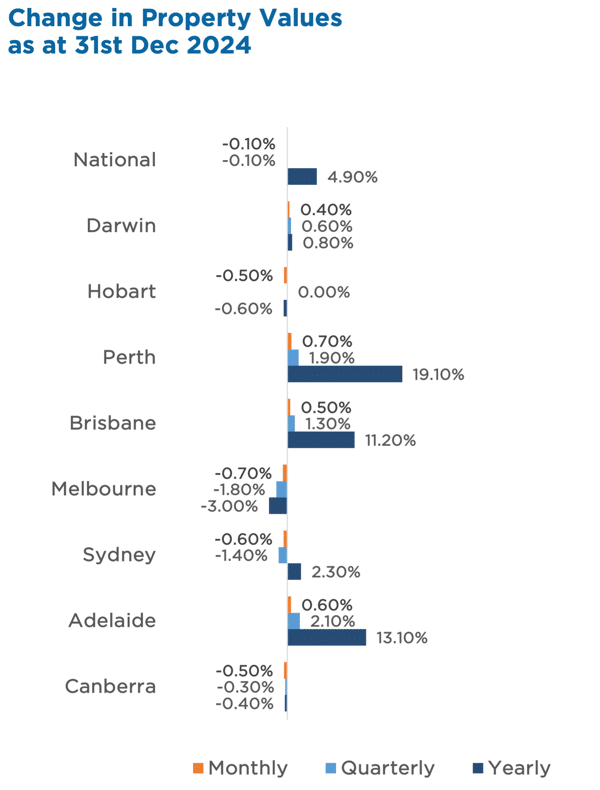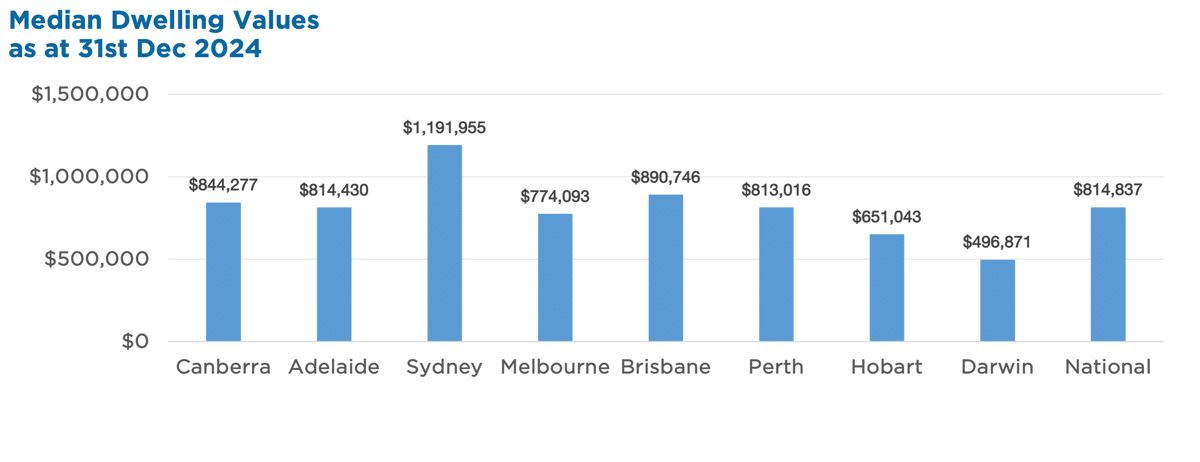"...as we know, there are known knowns; there are things we know we know. We also know there are known unknowns; that is to say we know there are some things we do not know. But there are also unknown unknowns- the ones we don't know we don't know" ― Donald Rumsfeld, former US Secretary of Defence
Named after Janus, the Roman god often depicted with two faces (one that looks to the past and one to the future), January is the month of new beginnings. The month we put lessons from the past year into action, and the month we navigate the economic predictions for the year ahead that fill our LinkedIn feed.
If we can learn anything from the recent past, it is to expect the unexpected. The late Byron Wein was famous for his 10 Surprises list, a tradition he started in 1986 while working as chief US investment strategist at Morgan Stanley. Wein defined a 'surprise' as an event that the average investor would only give a one in three chance of happening, but that he believed was 'probable'. Effectively, a list of unlikely 'known knowns'.
Meanwhile, at the start of each year, the World Economic Forum issues its Global Risks Report that explores the most severe risks that the world could face over the next decade. Providing a useful macro framework for exploring potential risks that could affect investment portfolios, the report highlights the 'known' events, where timing or the extent of the impact is unknown.
As the pandemic proved, 'unknown unknowns' that turn the world (and portfolios) up-side down, exist. Life as we knew it locked down in March 2020, but the WEF report, published in January of that year, had no mention of pandemics in the near or distant future.
We start this year with a few 'known knowns'. Timing, however, is frequently the 'known unknown'. Donald Trump's taking office at the presidential inauguration on 20 January 2025, for example, is a known. The impact of his selected administration over time, less so. The same could be said for the Federal Reserve's next moves, or how Elon Musk will wield his newfound political clout.
Analysts forecast more gains in the global equity markets[1], while primary fixed income markets have raced enthusiastically into 2025. In European financials, there was issuance across the capital structure, while Goldman Sachs predicted that corporate bond issuance could be as high as $1.5 trillion in 2025[2]. Warren Buffett's multi-billion dollar move to cash in 2024 signals something, but what?
Economists and strategists can fill our feeds and inboxes with probabilities of an economic downturn; likelihoods of an inflationary uptick; and 'evidence' of overvalued markets (incidentally all assumptions made around Buffett's equity sell off last year), but the reality is predictions just make for good headlines. In the end, they are little more than speculation.
From unfinished wars, to the migration impact and insurance burden of, as we witness right now in Los Angeles, increasingly unstable and violent climate patterns, managing a portfolio that defends against the 'unknowns' and reaps rewards for selecting the correct 'knowns' (at the right time) is not for the faint hearted.
And let's not forget our favourite protagonist, the one we love to hate: volatility. While volatility across the financial markets is almost certainly one of 2025's 'known knowns', the magnitude and timing is, once again, unknown. Trump's return ramps up the unpredictability in an already volatile world.
So, if the outcomes of predictions are unreliable, and the improbable can become reality, how can trustees position portfolios for the unexpected? Diversification is the classic defensive play. For this, there is a new contender on the block. Almost exactly a year ago, the Securities and Exchange Commission approved spot exchange-traded products[3], triggering billions in new liquidity and normalising Bitcoin as a legitimate investment vehicle.
As a result, Bitcoin breached the $100,000 mark attracting it interest from institutional investors, retail traders and governments[4]. With institutional adoption, regulatory developments (expected to be lighter under Trump) and technological advancements, will cryptocurrency become the 'diversifier' du jour?
It almost does not matter. There will always be a fashionable asset class or 'fail safe' way to structure portfolios. Anyone remember risk parity or the UK's liability-driven investment crisis? Fixed income, however, will always be a 'known known' in a multi-asset class institutional portfolio. Think comfort food on a cold winter's day.
Conventional fixed income investing, however, is largely based on accumulating bonds to harvest yield or trying to predict the direction of the markets. Moreover, bonds now come in all shapes, sizes, maturity, duration, and risk profiles. From government bonds right through to high yield private debt, the credit spectrum now comes with its own warning label.
This is where Albert Einstein's theory of relativity might help. Einstein stated that space and time are relative and that motion must be relative to a frame of reference. So, rather than looking to reduce risk by managing the correlation between bonds and equities in a portfolio, we believe that it is the relative volatility between the two asset classes that matters.
And it's worth noting that high-quality government and semi government bonds are typically less volatile than corporate bonds, which can have a connection to the general performance of the underlying company's stock.
But irrespective of what the bond markets may do in 2025, instead of worrying about what the future holds or messing about with the timing and quantities of ever more complex types of credit, key to managing the risks of 'known unknowns' and 'unknown unknowns' is, we believe, an increased allocation to bonds that will be able to reduce the volatility of the portfolio if the bond volatility is lower than equity volatility (even if the correlation is positive).














